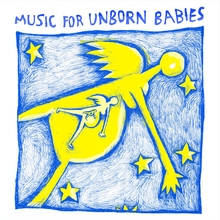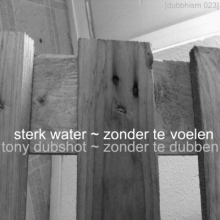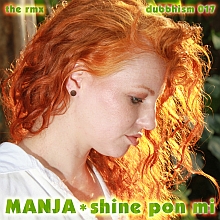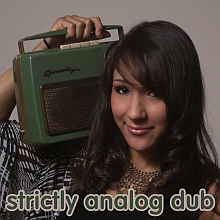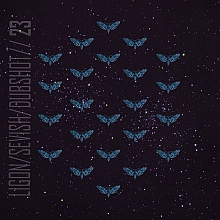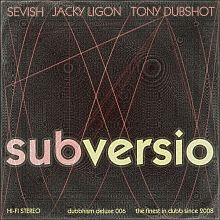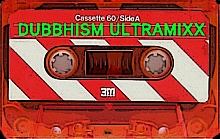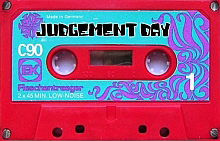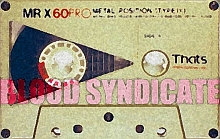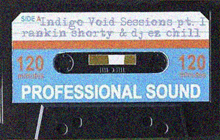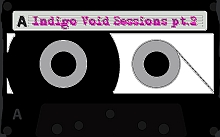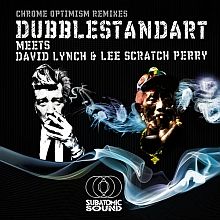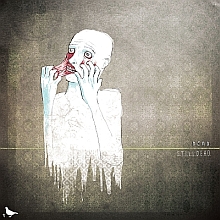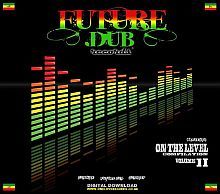Too predetermined
The Mad Professor is one of the greatest dub philosophers ever. He has explained his ideas in many interviews. In a documentary called 'Dub stories' he says this about computers and dub equipment:
 "The worst thing is that the technology right now doesn't really lend itself to dub. Because a lot of the spontaneous elements of dub music are lost. Now with a computer a man will try seh.. oh let me put an echo here.. and yes after i put that echo here i'll measure it.. hmmm it's 5 seconds.. and then i'll put a reverb there... It's too predetermined. Dub isn't supposed to be like that."
"The worst thing is that the technology right now doesn't really lend itself to dub. Because a lot of the spontaneous elements of dub music are lost. Now with a computer a man will try seh.. oh let me put an echo here.. and yes after i put that echo here i'll measure it.. hmmm it's 5 seconds.. and then i'll put a reverb there... It's too predetermined. Dub isn't supposed to be like that."The thing with computers
It's not that computers suck completely. In the studio they are good for certain things like sequencing and correcting a mix but they fail miserably when it comes to creating exiting sounds. You can't really abuse computers. They'll just freeze or produce boring clicks and digital noise.
Certain plugin developers and producers use tricks like buffer override (glitches) or digital quirks like the autotune effect but 90% of all digital effects and instruments is just imitation of some analog thing. Some are good imitations, others are not so good. The bad imitations are probably the most interesting for dub, like the lofi retro 8-bit sound from the Jahtari camp.

Hacking, modding, circuit bending, diy
Long before computer nerds started hacking their digital toys the analog sound engineering community was already doing the same thing. Only it wasn't called hacking but modding or circuit bending or diy. King Tubby hacked his mixing desk. The Mad Professor went diy all the way creating his own effects, most notably the Warbler, a monumental sounding and instantly recognizable filter for bass instruments. That's the technical or scientific side of dub. To create a sound identity you have to know a lot about your equipment.
Soldering vs programming
Veteran dub scientists like King Jammy, Scientist and the Mad Professor have a deep understanding of electronics. But somehow designing and soldering your own equipment seems to have become a thing for electro purists and Jean Michel Jarre fans. Fortunately the knowledge itself is still moving forward, just look at the archives of the synth diy list.
 Nowadays most digital dub scientists prefer to work with things like Reaktor, Max MSP, Pluggo and Pure Data. These programs all have the so called 'intuitive' graphical interface and some even 'make the complex simple' while promising unlimited possibilities. I'm sure it works for some people, but personally i don't like this way of working. Because as far as i know the simplest way to create a complex sound is to use feedback.
Nowadays most digital dub scientists prefer to work with things like Reaktor, Max MSP, Pluggo and Pure Data. These programs all have the so called 'intuitive' graphical interface and some even 'make the complex simple' while promising unlimited possibilities. I'm sure it works for some people, but personally i don't like this way of working. Because as far as i know the simplest way to create a complex sound is to use feedback. Feedback vs latency
My fundamental issue with tools like Max is that they are locked up inside a box that's separated from the real time world by a barrier called 'latency'. If you send a sound into a pc for processing you typically have to wait a beard-growing 10 to 30 milliseconds before it comes out again. This means that with the computer equipment that's now commercially available you can't do a proper 'analog style' feedback loop.
At the end of the day a pc or a mac or a laptop is just a souped-up typewriter. These things were never designed to be used as real time dub machines. Feedback is perhaps the most basic sound shaping trick in dub. It's a standard feature on almost any hardware effect (echo, flanger, phaser, filters, distortion, fm etc). Computers can't really do that because of latency. They only do the rigorously calculated super clean type of feedback and that's not good enough. For lively sounding feedback you need a certain 'analog' kind of randomness that can work it's magic in the loop, almost like a sonic butterfly effect. So maybe you shouldn't take that 'making the complex simple' line of the software marketeers too serious because even a little bit of 'real' feedback can make the most boring sound come alive instantly. King Tubby's test tone is the ultimate example.
 The only solution for the latency problem is better faster hardware. But right now even the so called dedicated hardware plugin hosts like Receptor and Plugzilla have the same type of latency as a pc. That's ridiculous! If a CPU-intensive state of the art Lexicon reverb can have a 'propagation delay' of 0,5 millisecond (which is acceptable for now) surely a hardware plugin host should be able to do the same!
The only solution for the latency problem is better faster hardware. But right now even the so called dedicated hardware plugin hosts like Receptor and Plugzilla have the same type of latency as a pc. That's ridiculous! If a CPU-intensive state of the art Lexicon reverb can have a 'propagation delay' of 0,5 millisecond (which is acceptable for now) surely a hardware plugin host should be able to do the same! Nerdy, slow, buggy and counterintuitive but very educational
 Finally i want to say something nice about all these software platforms like Reaktor and Max. Although they are not very 'intuitive' you can learn a lot from playing around with them. Pure Data is a good program for learning about the physics of sound and the basics of DSP. Miller Puckette who wrote the free downloadable software (and who also developed Max) even offers a book called Theory and Techniques of Electronic Music for free. Recommended if you want to get scientific about dub in a digital fashion.
Finally i want to say something nice about all these software platforms like Reaktor and Max. Although they are not very 'intuitive' you can learn a lot from playing around with them. Pure Data is a good program for learning about the physics of sound and the basics of DSP. Miller Puckette who wrote the free downloadable software (and who also developed Max) even offers a book called Theory and Techniques of Electronic Music for free. Recommended if you want to get scientific about dub in a digital fashion.


